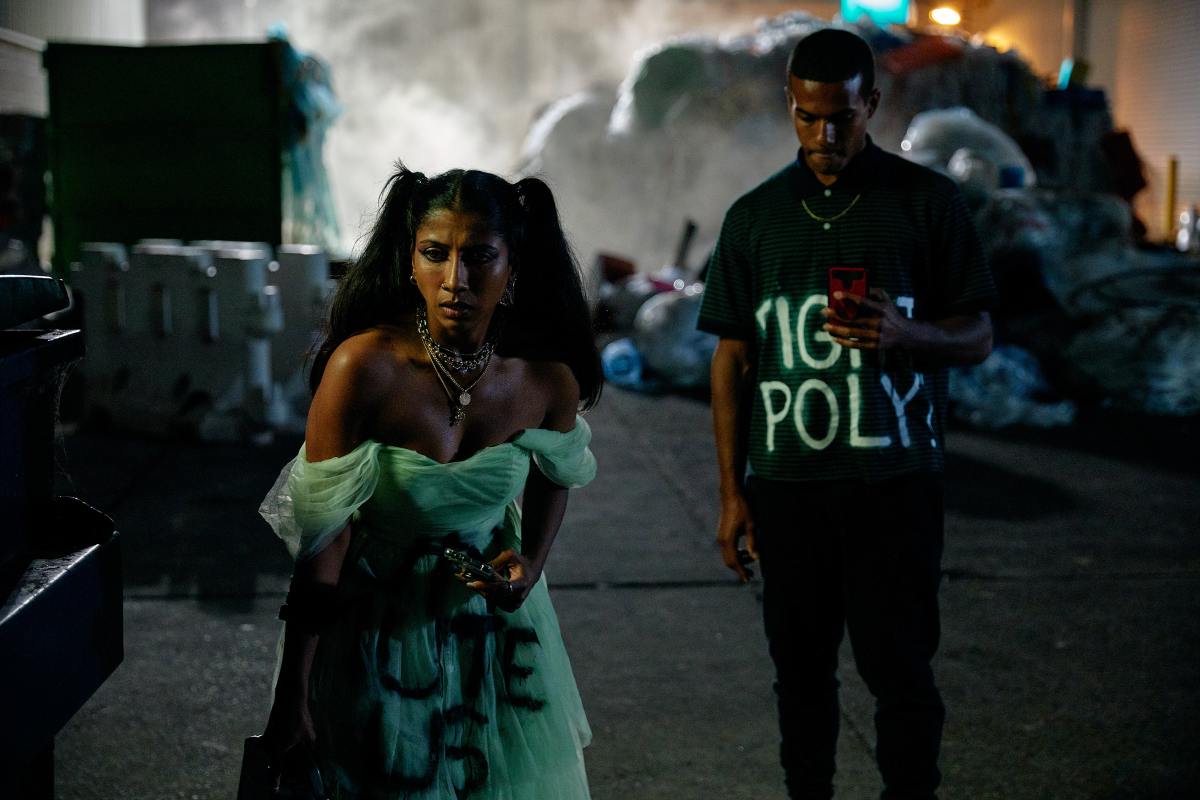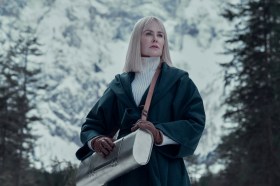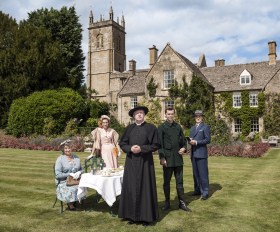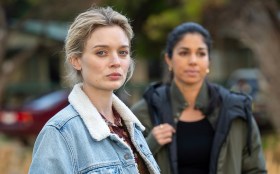New ABC teen drama The Disposables is the broadcaster’s first foray into short-format, vertically-streamed series.
Shot for both TikTok and TV, the series is a bingeworthy science-fiction tale about Priya, a young student seeking a Visa to stay in Australia, and the mysterious disappearance of her father.
@abczaus ⚠️NEW TIKTOK SERIES⚠️ The Disposables is dropping soon 🍿 #abcz #thedisposables ♬ original sound – abcz
The episodes can be watched via the ABC’s TikTok account @abczaus in two-minute installments – ideal for the fast-moving, attention-grabbing platform. After premiering online, they will be shown – in horizontal format – on ABC ME in three 20-minute episodes, which can be streamed on demand any time on ABC iView.
It’s an ambitious endeavour by ABC, attempting to capture the youth audience via bite-sized, TikTok native clips that will form a whole story when watched together.
I spoke to the creator Renny Wijeyamohan, and lead actors Sumi Gunaratnam and Lakota Johnson, about creating The Disposables.
Read: Surviving Summer Season 2: making all the right waves
Hi, Renny, Sumi and Lakota! I’ll start with Renny: How did you manage to get The Disposables to be compatible with both TikTok and standard widescreen TV?
Renny Wijeyamohan: It was certainly challenging. My co-director, Sonia Whiteman, and co-producer, Karen Radzyner, and I, worked together with our super talented DP, Tom Black, to work out how best to solve this technical challenge.
We decided to shoot on the ARRI Alexa Mini in the Open Gate sensor mode – close to a 4:3 aspect ratio – to give us the most amount of screen real estate, to then pull both a landscape 16:9 and a vertical 9:16 from a single frame in post.
We shot on ARRI Ultra Primes and mainly on wider lenses, to mimic the feeling of an iPhone … And there were plenty of blocking and composition considerations, to make sure our key action occurred in our central safe 9:16 zone, but also with enough activity and background depth across the 16:9 frame so that we didn’t end up with dead space at camera left and right.
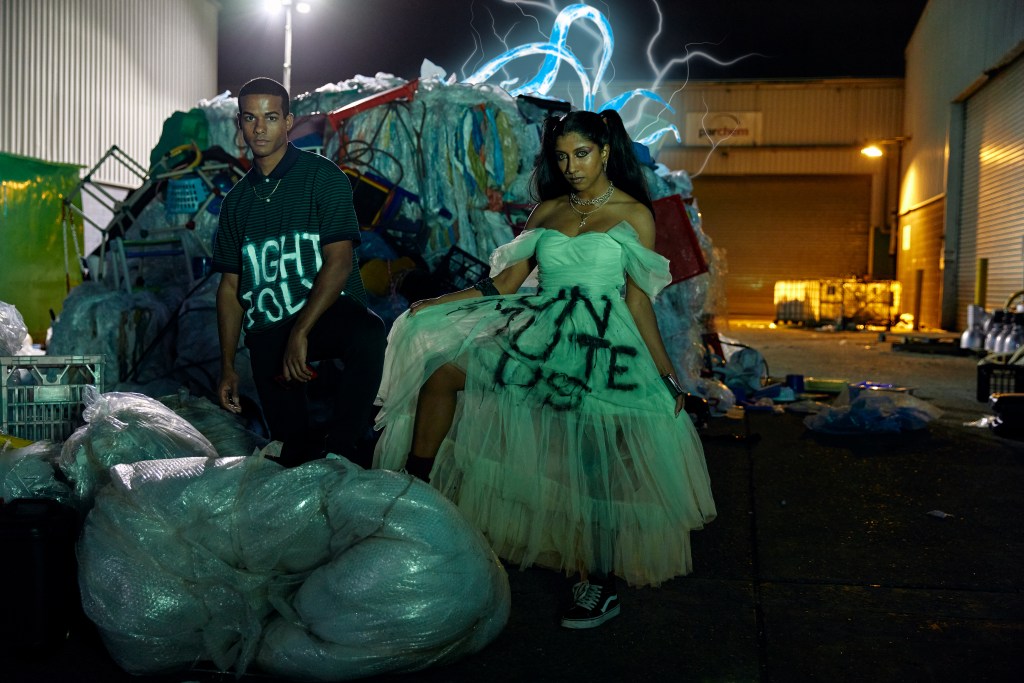
In the edit, we cut the shorter TikTok episodes first – but left them in a 16:9 aspect. When we were happy with those, we re-worked them for the TV version. The first six minutes of the TV version is quite different to the early TikTok episodes due to the different storytelling considerations between the two platforms.
The graphics and visual effects took A LOT of time to get right– but we’re happy we had a great team working across these departments, because it really sells the found footage feel of the show!
Sumi, is this your first TikTok series? How is it different to filming for standard TV?
Sumi Gunaratnam: Yes, it is. The biggest difference working with this POV format compared to standard shooting is that you’re talking directly into a camera half of the time. This can have its challenges, but also be so freeing and strengthens this particular type of storytelling. The key for me was to treat the barrel of the lens as another character in the story – because they really are. To make this as natural as possible, I spent a lot of time practising vlogging and talking to a camera at home before shooting.
Why choose TikTok and vertical video over other formats?
Renny: Immediacy of audience was probably the key consideration in making our multi-format show available on TikTok – and we had a lot of conversations on this with Screen Australia, who backed the project from early development. We knew we could reach traditional audiences via ABC iview, but were hoping to pull a younger YA and teen audience across to ABC. That demographic communicates in a totally unique screen grammar and at an unparalleled speed across digital devices.
Read: ABC iview: best new shows and premieres in September 2023
We felt that using a found-footage approach could capitalise on the screen vocabulary of social media. The graphics and VFX elements give the footage an ‘artefactal’ feel, and are important in creating a faux-real world where viewers can actively participate in the story and investigate the mystery alongside our main characters, Priya and Obi.
The found-footage device has such a great pedigree in films like Blair Witch, Chronicle, Paranormal and Searching – so we knew our show would also be compelling in a traditional delivery as well. All of the show’s financiers, ABC, Screen Australia and Screen NSW were eager to test this dual aspect-ratio show and see how it could capture audience in new ways.
Sumi and Lakota, what were your favourite scenes in The Disposables to film?
Sumi: The breaking-in scene for sure! I really got to know and work with incredible artists like Tom, our DOP. I was given a lot of freedom by Sonia and Renny to move freely and naturally, although I was really just dragging Tom around wherever we needed to go.
Lakota Johnson: One of my favourite scenes would have to be backyard science. It was just so fun and playful. I felt like a little kid again.
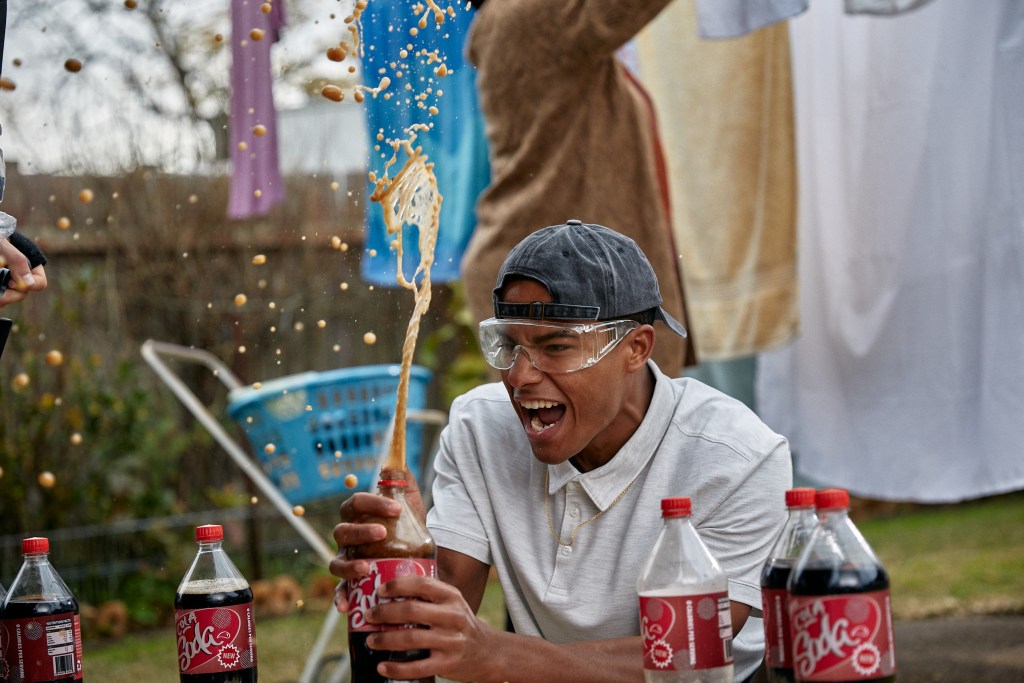
The story of The Disposables touches on many modern issues like the mistreatment of refugees and the waste crisis; how did your personal experience with these things affect your direction of the series?
Renny: Like Priya, my family is also Sri Lankan Tamil. They left Sri Lanka and arrived in Australia in 1983 on account of the war and events like Black July that were making it difficult for Tamil people to live there. My family was lucky enough to get out, and I was born in Australia – literally the land of abundance and opportunity – but many Tamils were trapped in Sri Lanka and experienced a brutal ending to the Civil War in 2010.
Those that did end up making it here by boat, like the Murugappan family from Biloela, were then caught in a bureaucratic limbo for years – living on rolling Temporary Protection Visas indefinitely, unable to apply for permanent residency. Imagine making it out of a warzone and then arriving in Australia and having no certainty about your future and being able to look after your family – it’s just heartbreaking …
The waste angle to the story came out of these Raiders of the Lost Ark-esque images of stockpiled recycling, stacked floor to ceiling, about to be sent to landfill because the recycling industry had collapsed and no-one had stepped in – for over two years – to try to resolve it. These images were enthralling but also exposed the sham behind our government’s sustainability approach.
It was a story that had to be told – and the imagery offered up so much inspiration for a genre-driven, engaging way to tell it. At the same time, the School Strike 4 Climate movement was picking up momentum … Hundreds of thousands of digitally-connected young people, passionate enough about climate to flip off their parents and the politicians to skip school were engaging in a grassroots, nationwide protest.
We were inspired by these young people and thought, how can we create a story that shows the power, potential and hope that kids can bring to the world?
Did any personal experiences with these issues help in the acting department too?
Sumi: I definitely know of and have family and friends who have struggled with residency in Australia. I think, regardless of having had the personal experience or not, with a story like The Disposables my approach would have always been the same.
Priya is so relatable to people who look just like me, and can also be relatable to immigrants of all backgrounds and cultures. The closeness I have to Priya and her father’s story naturally bleeds into the work we did with The Disposables.
How did you ensure the series was a balance of a call to action and an entertaining, easy to watch show?
Renny: You always have to wrap up any messaging, particularly around social justice issues, in a good story. So we were aiming, first and foremost, to tell a story that young people and families would want to watch. Then we let the characters do the rest. They have fears and flaws – and a lot to lose if things don’t work out.
You can’t help but warm to Priya and Sri, they have a very natural and heartwarming on-screen bond and Obi and Priya have an instant chemistry. It helps us as viewers get on board with the shock, anger and sense of injustice that the characters feel when they wrap their head around the ticking clock of Priya’s deportation and discover that it’s actually our attitude towards waste that has caused the crisis in the first place.
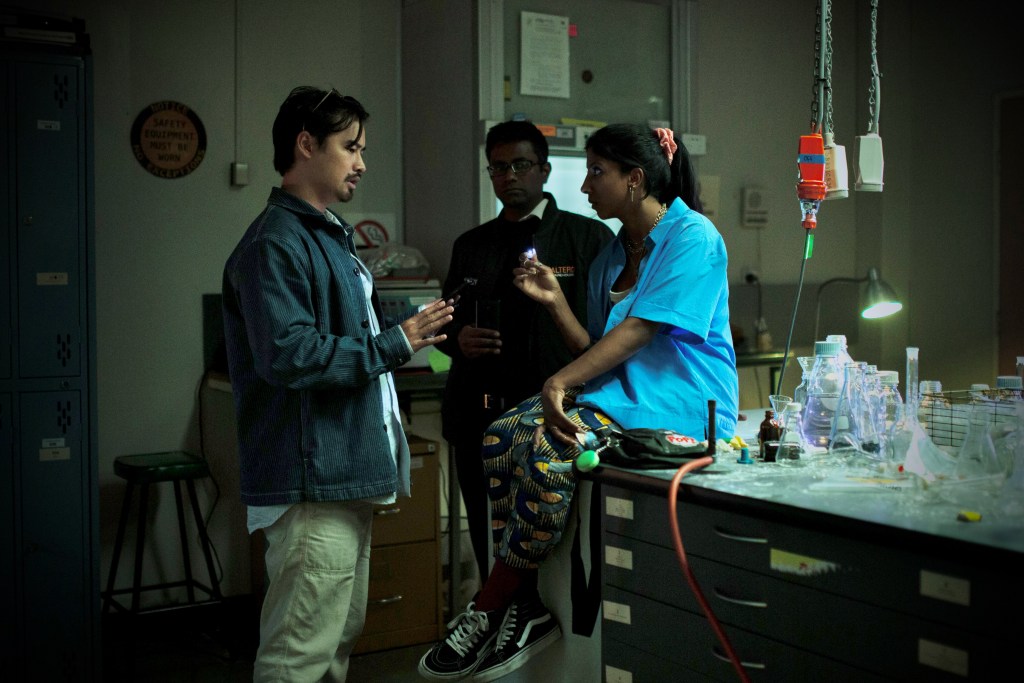
Tell me one thing you learnt while making The Disposables that you can carry with you in your career.
Renny: I learned so much from this project. Karen Radzyner and Sonia Whiteman have been not only gracious, talented and supportive collaborators, but also the most amazing mentors on this project. Sonia has written a film which just premiered at TIFF called Uproar starring Minnie Driver and Julian Dennison and Karen is working on a huge streaming project called Song of The Sun God which has signed Charithra Chandran as the lead, which I’m also working on.
I guess one thing I’ll carry forward is to make sure you work with people who you love and get along with!
Lakota: In 2021 when we started filming there was little to no budget, we didn’t have long to film it, and we had no idea whether it was going to get picked up or not. But I gave it everything at the time and treated it as if it was already picked up in my head.
So then finding out a year and a half later that the ABC had loved the show reminded me that no matter what, you should always treat every project the same way, no matter how small or big.
The Disposables premieres on TikTok on the @abcivew account, this Friday 22 September, 4pm.
And then:
- Airing 20 min episodes on ABC ME at 8.15pm on 22 September, 29 September and 6 October
- Streaming on ABC iView from 22 September
- 32 x 2 min versions will then be on ABCZ Tik Tok @abczaus from Mon 25 September
